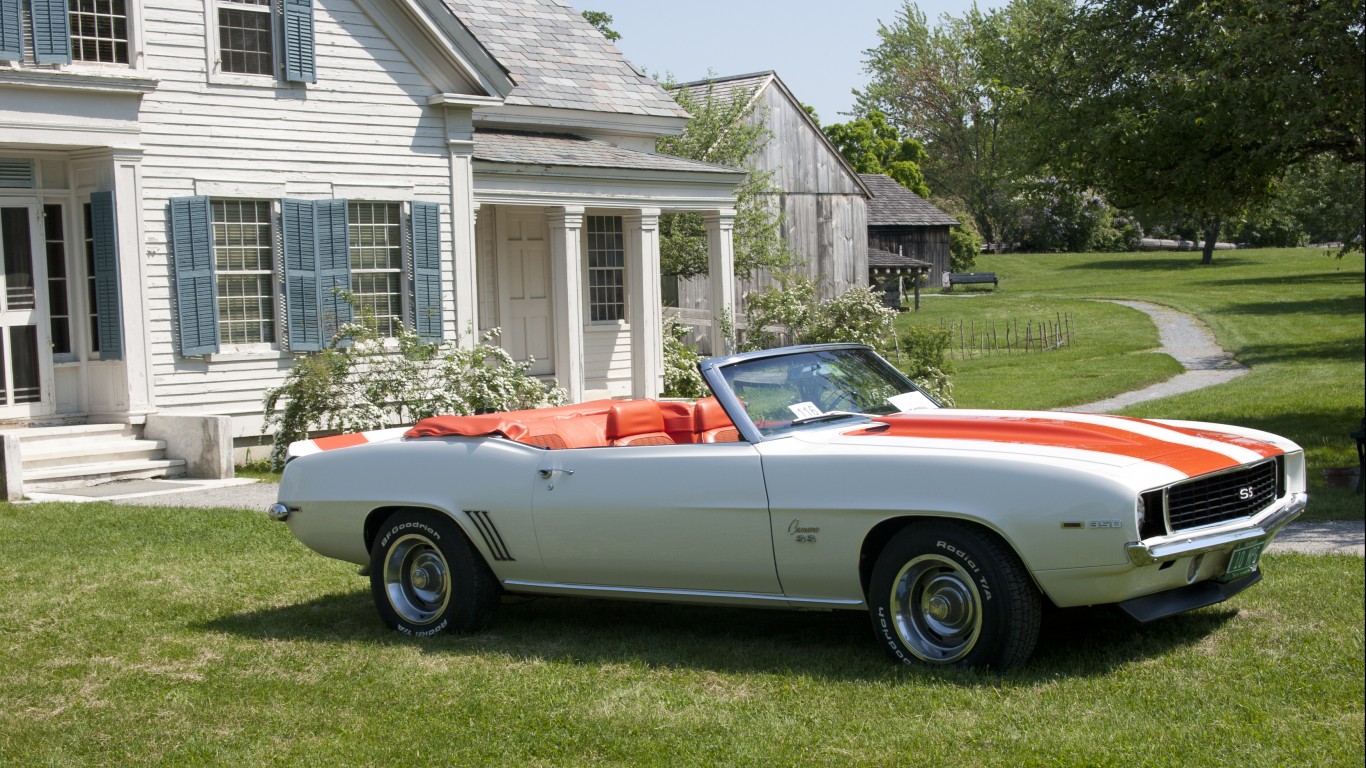
Another muscle car will disappear from the US vehicle landscape. This time, it will be the Chevy Camaro. It has been among the fast, relatively inexpensive, rear-wheel drive V8 gas guzzlers since its launch in 1964. It has given way, in part, to cars with smaller, more fuel-efficient engines.
A decade ago, Chevy sold just short of 90,000 Camaros a year. The number has dropped by two-thirds since then. Though its base model is priced below $30,000, people have turned to SUVs, pick-ups, and crossovers. Sedans and coupes are so unpopular that Ford has killed almost its entire line of vehicles in this sector.
Car companies are brutal about discontinuing models. They sometimes kill entire brands. GM killed the Pontiac in 2009. The brand was founded in 1926. Oldsmobile was killed in 2004. It was founded in 1897. Hummer was shut down in 2010.
The field in which Camaro played became crowded. Its oldest rival was the Ford Mustang, first produced in 1963. The Dodge Challenger was first sold in 1969. While cars made by foreign manufacturers are not usually considered rivals, Camaro competes against the BMW Z4 and Toyota Supra.
One has to ask what will happen to new brands launched more recently. GM’s Chevy Bolt EV was recently killed despite solid sales. GM CEO Mary Barra said: “We have progressed so far that it’s now time to plan to end the Chevrolet Bolt EV and EUV production, which will happen at the very end of the year.” The decision was a puzzle for many in the car industry. (This is the most dependanble car in America.)
Somewhere inside the doors of big car company headquarters, accountants count the cars sold and how much the models and brands make in profits. They do not care what the public thinks. The Camaro is just one example.
Take Charge of Your Retirement In Just A Few Minutes (Sponsor)
Retirement planning doesn’t have to feel overwhelming. The key is finding expert guidance—and SmartAsset’s simple quiz makes it easier than ever for you to connect with a vetted financial advisor.
Here’s how it works:
- Answer a Few Simple Questions. Tell us a bit about your goals and preferences—it only takes a few minutes!
- Get Matched with Vetted Advisors Our smart tool matches you with up to three pre-screened, vetted advisors who serve your area and are held to a fiduciary standard to act in your best interests. Click here to begin
- Choose Your Fit Review their profiles, schedule an introductory call (or meet in person), and select the advisor who feel is right for you.
Why wait? Start building the retirement you’ve always dreamed of. Click here to get started today!
Thank you for reading! Have some feedback for us?
Contact the 24/7 Wall St. editorial team.




